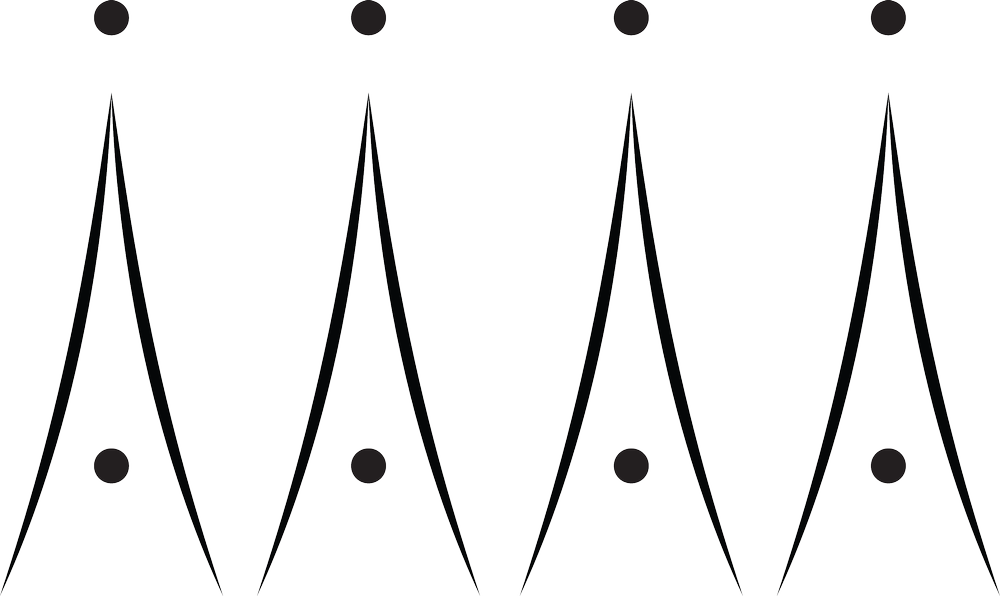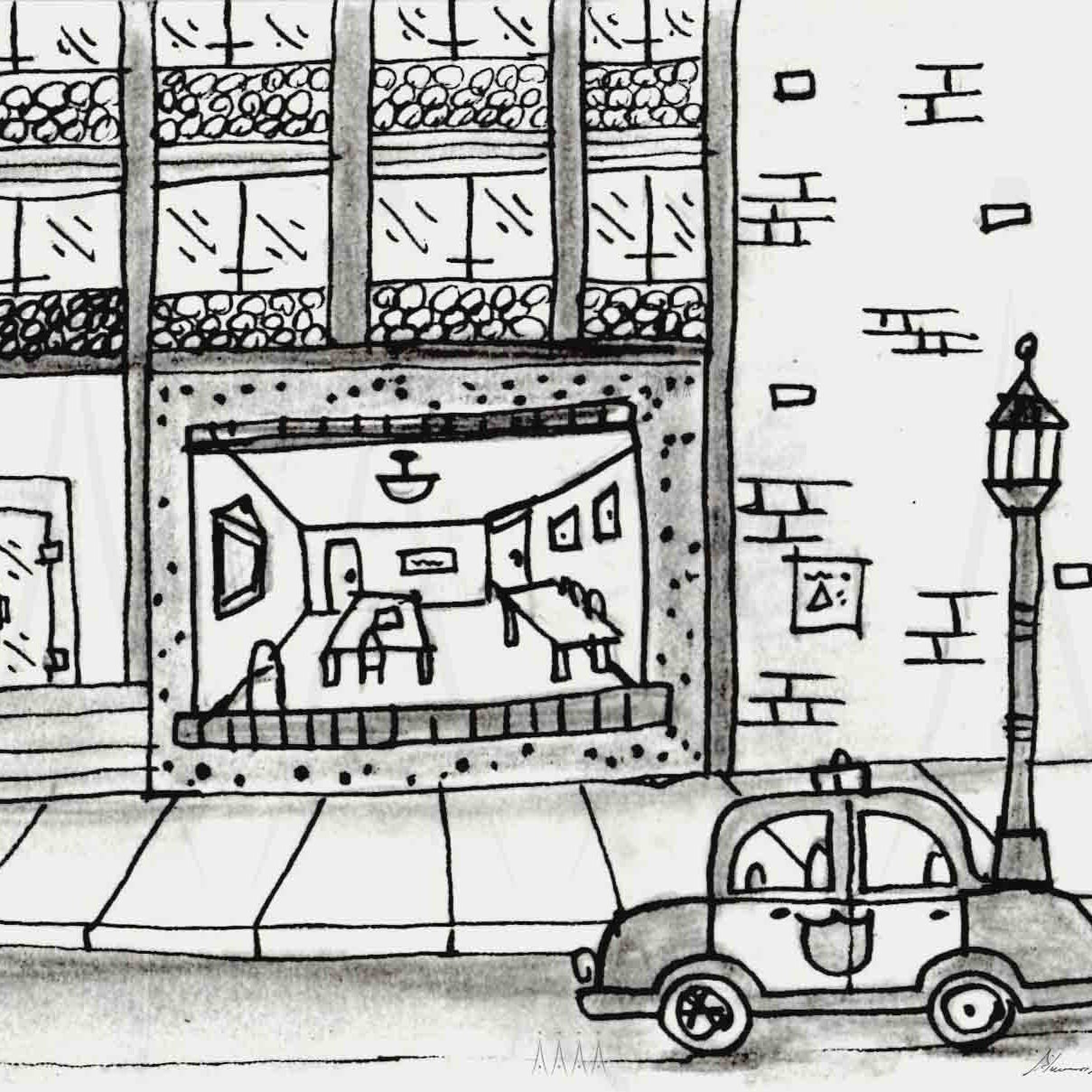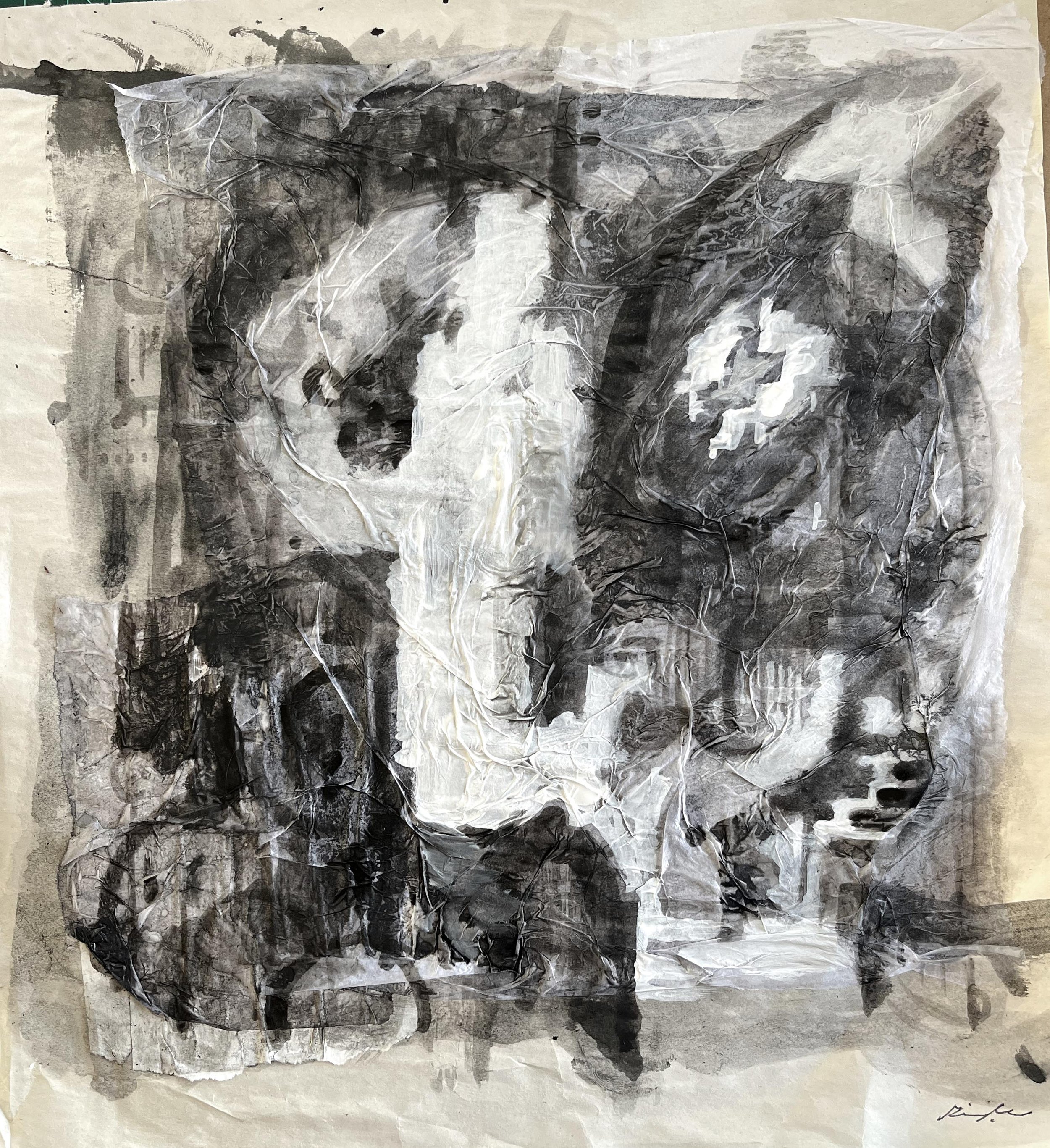ART THERAPY & NEUROSCIENCE
As you suspect, I am an over-doer and worse, an over-thinker. Since these tormenting attributes have proved so advantageous academically and professionally, I adopted these qualities as part of my identity. At my most fatigued in 2019, I recall wanting the world to stop so I could take a break and catch my breath. Eventually, I discovered my limits thanks to years of putting my job before my health. It took a long time and too many coping skills to recover from obsessive working. Now, I’m proud to share that my mental health has never been better, and art played a major role in this improvement.
To heal, I learned to ask for help. The therapy component of my work is not me imparting therapy onto others (I’m not qualified). Instead, it’s an opportunity for me to share my wellness journey so that those who can’t express themselves can find a voice through painting, drawing, sculpting, photography, or whichever art craft they find most comfortable.
My mind’s default setting is overthink everything and it takes a constant effort to pause, regulate my breathing, and relax my jaw and shoulders. My craft allows me to unload the thoughts and ideas occupying my mind, alleviating some of the burden my soul carries, and filter out any negativity. I understand myself better through this process, and it can help others too.
THERAPEUTIC ART TECHNIQUES
Have you tried drawing or painting from your non-dominant hand? How about with your eyes closed? Ever heard of Automatic Drawings from the Surrealist era? How about sketching your dreams?
Art should be for anyone who wants it - even if you think “you can’t draw or paint.” Here are more ideas and techniques I’ve learned along the way.
I’ll be sharing more techniques in the upcoming future, but please note these are only to show how accessible art can be. If you would like more help, please reach out to a licensed professional in your area or online. In the meantime, please click below for details from an online article.
NEUROSCIENCE & ARCHITECTURE
Our mind is extremely important in spatial memory – any time we enter a new place, our brain interprets our environment and takes physical cues to assemble a mental field map. This map remains archived in the deep recesses of our mind and is retrieved when, if ever, we enter the same space again. Here I research more of this relationship to architecture and design.
I’m working on the full site for this thesis and other research. In the meantime, check out the Academy of Neuroscience for Architecture (ANFA) by clicking the link below.
SUPPORT & RESOURCES
Many community centers and colleges offer free or very low-cost classes for art, art therapy, or recreational therapy. Check out your local news for more!
Additionally, if you are struggling with mental health or need to talk to someone, it’s ok to ask for help. Try a local support group or a national-level organization like the National Alliance on Mental Illness (it helped me a lot).
Below is a link to NAMI’s website :)



